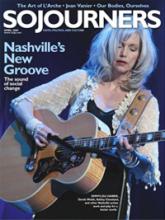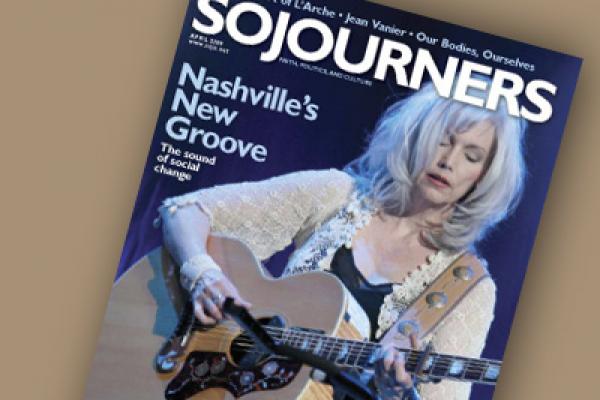I am a sociologist. I’m also an Anabaptist. Two years ago, I began work on a dissertation motivated by a relatively straightforward research question: Why are so many members of the transnational gangs of Central America reportedly converting to evangelical Christianity?
The identity transformations required of a gang member who rejects the gang in favor of a teetotaling, tobacco-shunning, domestically oriented evangelical congregation seemed the perfect place to engage my sociological curiosity about religious conversion. But my motives were also personal. As an Anabaptist who’d spent several years working in peace education in Central America, I wondered if the conversionist religion of the conservative, largely Pentecostal evangelicals of Central America can have any this-worldly consequences for the peace so desperately needed in the region.
A wave of criminal violence has bedeviled Central America’s “Northern Triangle” of Honduras, Guatemala, and El Salvador since the end of the civil wars. They are still among the most violent countries in the hemisphere. All of them have murder rates that approach or exceed 50 homicides a year per 100,000 inhabitants—more than seven times the murder rate in the United States. Many of these murders are carried out by members of the transnational gangs Mara Salvatrucha (MS-13) and Mara Dieciocho (M-18).
These gangs emerged in the Latino barrios of East Los Angeles as immigrant youth struggled to find jobs, housing, and a distinctive identity, often with an “illegal” status that made them outlaws in their own communities. With the crackdown on immigration in California in the 1990s, thousands of youth—especially Salvadorans who came to the U.S. with their parents as refugees from
Read the Full Article

